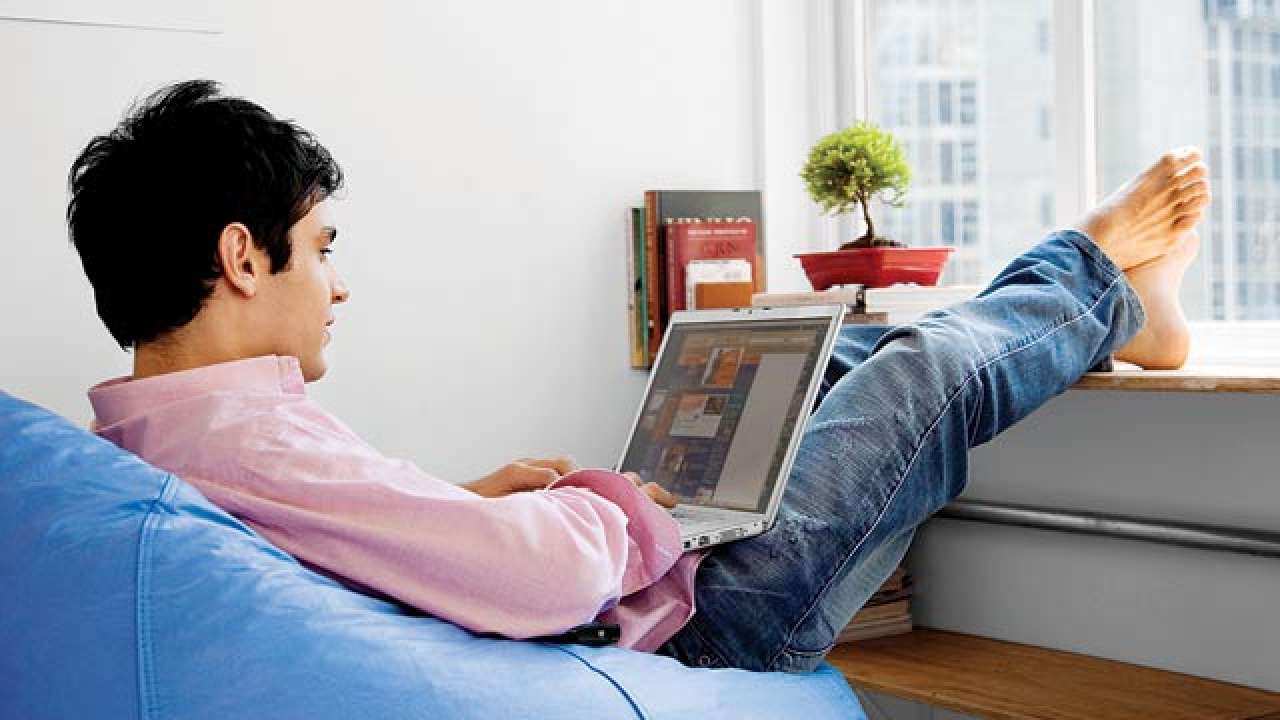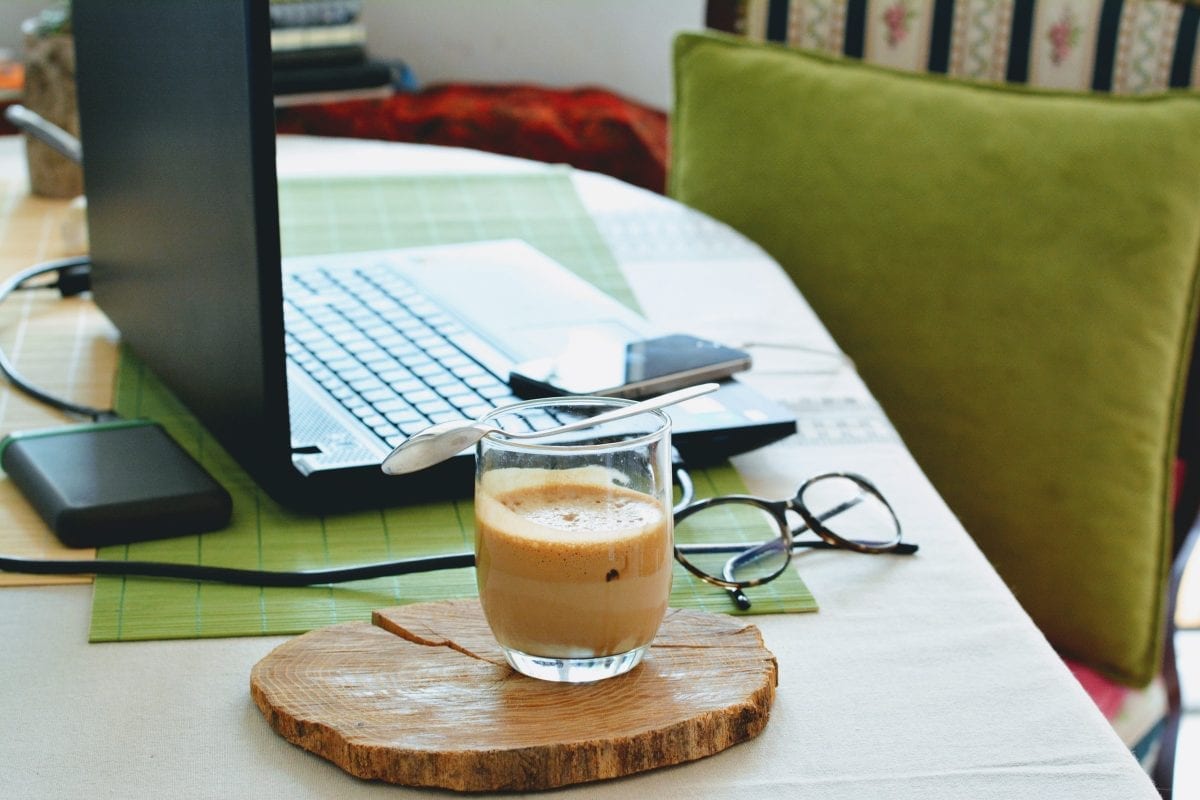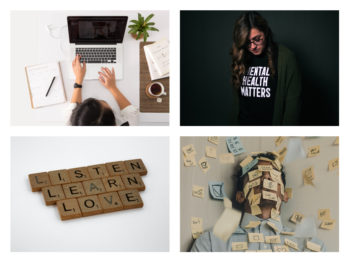Even though telecommuting is become more and more common within the workspace, the current COVID-19/Corona Virus global crisis has encouraged/ordered more and more people to keep up with their social distancing by working from home. And for some it’s a whole new world. Here some key tips on how to make working from home work for you.
There’s no doubt that things have moved incredibly fast. Considering everything else we are dealing with (including a wide range of emotions), working from home sounds like the easiest adjustment but just because something sounds easy, doesn’t mean it is.

Don’t take us out of context, we understand there’s a huge impact on people and the economy around the world; not everyone and every industry can continue operating in this current climate and that’s a very scary. This post comes from a place of gratitude for being able to telecommute but also acknowledge the sudden shift can be a challenging adjustment for many people (especially since the factor driving the change is worrisome).
Telecommuting does have benefits; one of them being that it can be more comfortable to work from home. On the flip side of that benefit, telecommuting can quickly become to comfortable, making it difficult to concentrate. This is heightened in the current climate with so many us feeling pulled to check news outlets several times a day, to stay as informed as possible.
So, what can you do to help adjust to your new work environment (after being thankful that you’re still able to work)? Read on for five tips to help your tackle telecommuting:
Get dressed in the morning.
This can be hard to do if you have nowhere to go … we can’t deny how relaxing it can be to lounge around in pajamas all-day but therein lies the problem; it’s too relaxing. We aren’t saying you need to put on a suit to telecommute but staying in your PJs can make it harder to have a “start” and “end” time to working. It can lead to feeling like your morning blends into your evening, making it more likely to feel like your day has gone by in a blur. Change into casual work clothes, complete your workday and change back into house clothes after to help add structure to your day.

Dedicate a separate area to work (make it as quiet as possible).
Not everyone has the luxury of having a home office or spare room to work inside of and that’s okay but avoid working in front of the television (it’s too easy to get distracted). We also recommend trying to avoid working from the couch, not only is it bad for your posture but it can add to the day passing with a couch potato feeling. Find a space (small is okay) that’s as quiet as possible (if your house is full, use earplugs or headphones without any music) at which you can sit upright in a comfortable but dignified position. Your surroundings can either make it hard for you concentrate or easier to crush that work-to-do list so help yourself out by making conscious choices that make it easier to focus.
Focus on single-tasking.
Write your work to-do list (and keep it separate from your home to-do list). Many people have a lot to do on the work and home fronts and it can be tempting to try to combine the two. Even when we are absorbed in a work-task, being at home can make it easier act on a sudden urge to do the laundry and/or clean the refrigerator. In moments when you feel a pull to “multi-task” (for example, taking a work call while you prepare lunch), remember we are not capable of “multi-tasking.” What our brains are doing are switching rapidly from task to task which can end up costing us up to 40% of our productivity.

Take structured breaks.
Plan breaks throughout the day as you would if you’re in the office (or so we hope). Focus on taking 5-15 minutes every two hours and use the breaks as an opportunity to get-up, stretch and get in some movement. This is particularly important since many of us are in staying indoors all day and have lost the movement we took getting to and from work.
March in one-spot, do some jumping jacks or stretch it out on a yoga mat, but do something on your breaks that takes you away from technology to prevent feeling like you stared at a screen all day. Along with the shorter breaks, make sure you take a proper lunch break and enjoy the opportunity to cook a fresh meal. Try to keep your breaks at consistent times and avoid keeping snacks close-by an/or eating in your designated work-space (this can help prevent constant grazing/snacking throughout your day).
Cultivate Connection.
With social distancing in effect, it can be easier to feel isolated. Embrace your extroverted side by scheduling meetings over the phone and/or through video conference. Stay connected with your colleagues beyond just emails. Get creative in networking to form new connections through ramping up your presence on professional websites such as LinkedIn.
Main Image Photo Credit: Unsplash
Rachna Sethi
Author
Rachna (@thesassyspiritual) is a graduate of the Applied Mindfulness Meditation program from the University of Toronto, a certified Educator with two bachelor degrees and a diploma in Art Therapy. She's dedicated to living with a compassionate approach. Committed to helping people integrate Mindfuln...














































































































